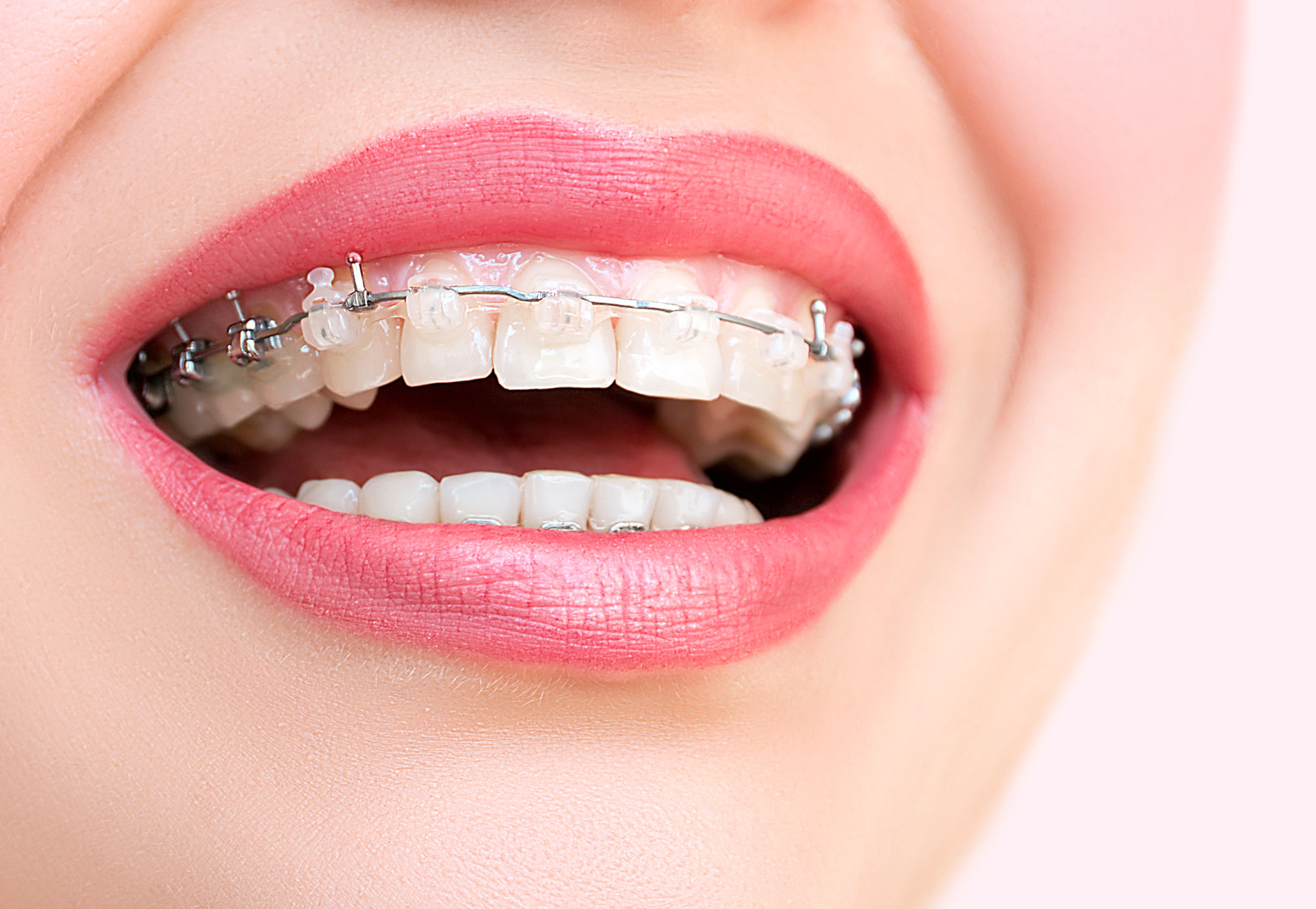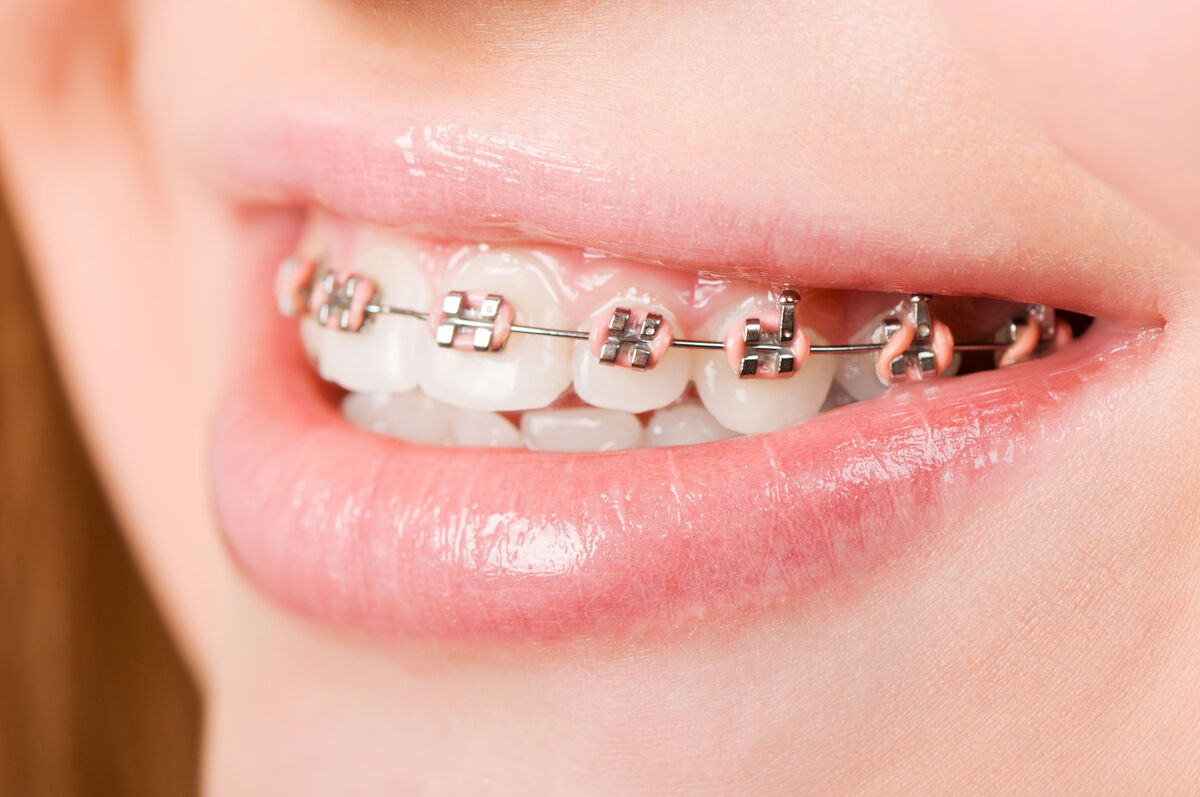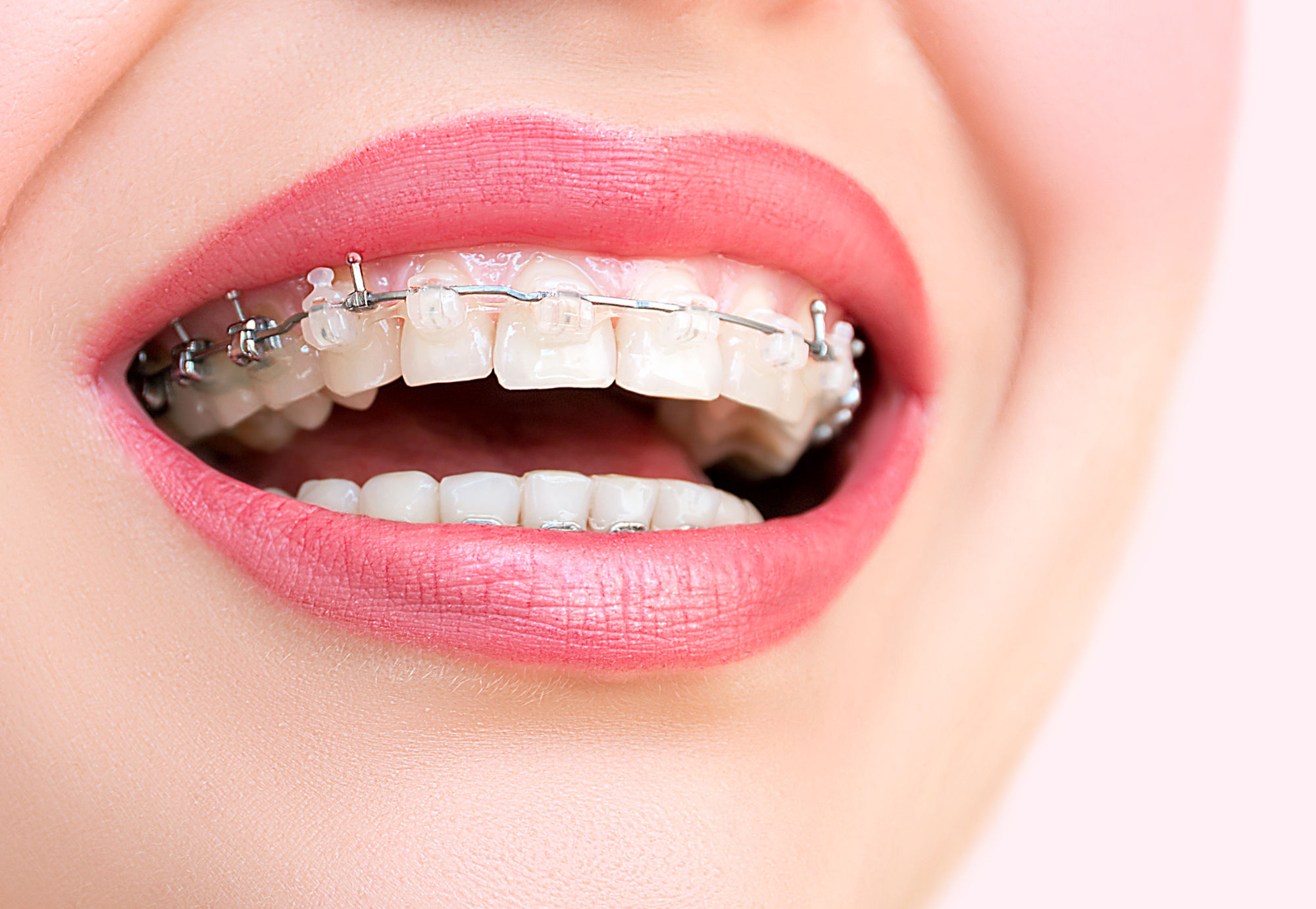Contents

Metal Braces vs. Ceramic Braces: Which Should You Choose?
Modern orthodontics offers a diverse range of appliances to correct tooth alignment and improve both smile aesthetics and chewing function. Among the most common fixed options, the choice is often between traditional metal braces and the more discreet ceramic braces. How do you make the right choice?
Understanding the specifics, advantages, disadvantages, and costs of each type of appliance is essential for making an informed decision tailored to your needs, expectations, and budget.
What Are Dental Braces and What Is Their Role?
Dental braces, or brackets, are key components of fixed orthodontic treatments. They are not just cosmetic accessories; their primary function is therapeutic. They effectively correct a wide variety of malocclusions (misalignments of the teeth and/or jaws):
- Crowding (overlapping teeth).
- Diastemas (gaps between teeth).
- Tooth rotations.
- Bite problems (overbite, underbite, crossbite).
In children and teenagers, fixed orthodontic appliances also play a crucial role in guiding jaw growth for harmonious development. Their versatility and proven effectiveness explain why they remain a benchmark in orthodontics.
Metal Braces: The Classic and Robust Option
Metal braces are the oldest and most widespread fixed orthodontic solution. They consist of small, medical-grade stainless steel brackets bonded to each tooth and connected by a metal archwire that guides the teeth's movement.

Advantages of Metal Braces
- Exceptional Strength: Very durable, they withstand orthodontic forces well and are less prone to breaking.
- Proven Effectiveness: They can effectively treat almost all cases, including the most complex ones.
- Affordable Cost: They are generally the least expensive fixed option.
- Reliability: Their performance and durability have been established over decades of use.
Disadvantages of Metal Braces
- Visibility: This is their main drawback; they are very noticeable and can be a source of aesthetic concern, especially for adults.
- Initial Comfort: The metal texture can cause irritation to the cheeks and lips at the beginning of the treatment (orthodontic wax helps).
Ceramic Braces: The Aesthetic Alternative
Ceramic braces (sometimes called clear braces) offer a more discreet alternative to metal appliances. Made from polycrystalline ceramic materials, their color blends with the tooth enamel.
The main advantage: discretion
The primary benefit of ceramic braces is their aesthetic appearance. They are significantly less visible than metal braces, which is often preferred by adults and appearance-conscious teenagers.

Advantages of Ceramic Braces
- Improved Aesthetics: Their tooth-like color makes them much more discreet.
- Effectiveness: They can treat the majority of orthodontic problems, just like metal braces.
- Comfort: Often perceived as slightly more comfortable against soft tissues (cheeks, lips) than metal.
Disadvantages of Ceramic Braces
- Relative Fragility: Ceramic is more brittle than metal. More care is needed with hard or sticky foods to avoid fractures.
- Risk of Staining: The brackets themselves are quite resistant, but the clear elastic ties used to hold the wire can stain.
- Size: Ceramic brackets are often slightly larger than their metal counterparts to compensate for their lower strength.
- Higher Cost: They are significantly more expensive than metal braces.
Are Ceramic Braces as Effective as Metal Braces?
Yes, for the vast majority of cases, ceramic braces are just as effective as metal braces in achieving the desired orthodontic result. Both systems use the same principles of applying force through an archwire to move teeth.
What Do Patients Say About Ceramic Braces?
Patients who choose ceramic braces often report high satisfaction with the aesthetics of their treatment. The main concerns mentioned are the need for careful eating to prevent bracket breakage and diligence in avoiding staining foods.
How Are Ceramic Braces Placed?
The placement process for ceramic braces is nearly identical to that for metal braces. It involves an initial consultation, cleaning the teeth, applying a special adhesive, and then carefully positioning and bonding each ceramic bracket onto the surface of the teeth.
Are There Even More Discreet Alternatives Than Ceramic Braces?
Yes, for those seeking the ultimate in discretion, other options exist:
- Lingual Braces: Brackets are bonded to the back of the teeth, making them completely invisible.
- Clear Aligners (e.g., Invisalign): These are removable, custom-made plastic trays that are nearly invisible.
How Much Do Ceramic Braces Cost?
The cost of orthodontic treatment with braces varies greatly. As a general guide:
- Metal Braces: Typically range from $3,000 to $7,000.
- Ceramic Braces: Typically range from $4,000 to $8,000.
Are Ceramic Braces Covered by Insurance?
Yes, if your dental plan includes orthodontic benefits, it will typically cover ceramic braces. However, insurance companies usually reimburse based on the cost of metal braces. This means you will likely have to pay the difference in cost out-of-pocket.
Conclusion: Making the Right Choice For Your Smile
The choice between metal and ceramic braces depends on your personal priorities. Metal braces remain the gold standard for strength and cost-effectiveness, while ceramic braces offer an excellent alternative for those who prioritize discretion. A frank discussion with your orthodontist is the key to making the best decision.
FAQ
Do ceramic braces stain over time?
The ceramic brackets themselves are highly resistant to staining. However, the clear elastic ties can stain from foods and drinks. These ties are changed at every adjustment appointment.
Metal or ceramic braces: which to choose?
If your priority is cost and durability, metal braces are a great choice. If aesthetics are more important, ceramic braces are an excellent alternative.
What are the disadvantages of ceramic braces?
The main drawbacks are their higher cost, relative fragility, and the potential for the elastic ties to stain.
At what age can you get ceramic braces?
Ceramic braces are suitable for both teenagers and adults. They are a very popular choice for adult orthodontics.
How do I care for my ceramic braces?
Care is similar to metal braces: meticulous brushing, use of interdental brushes, and avoiding very hard or sticky foods.
